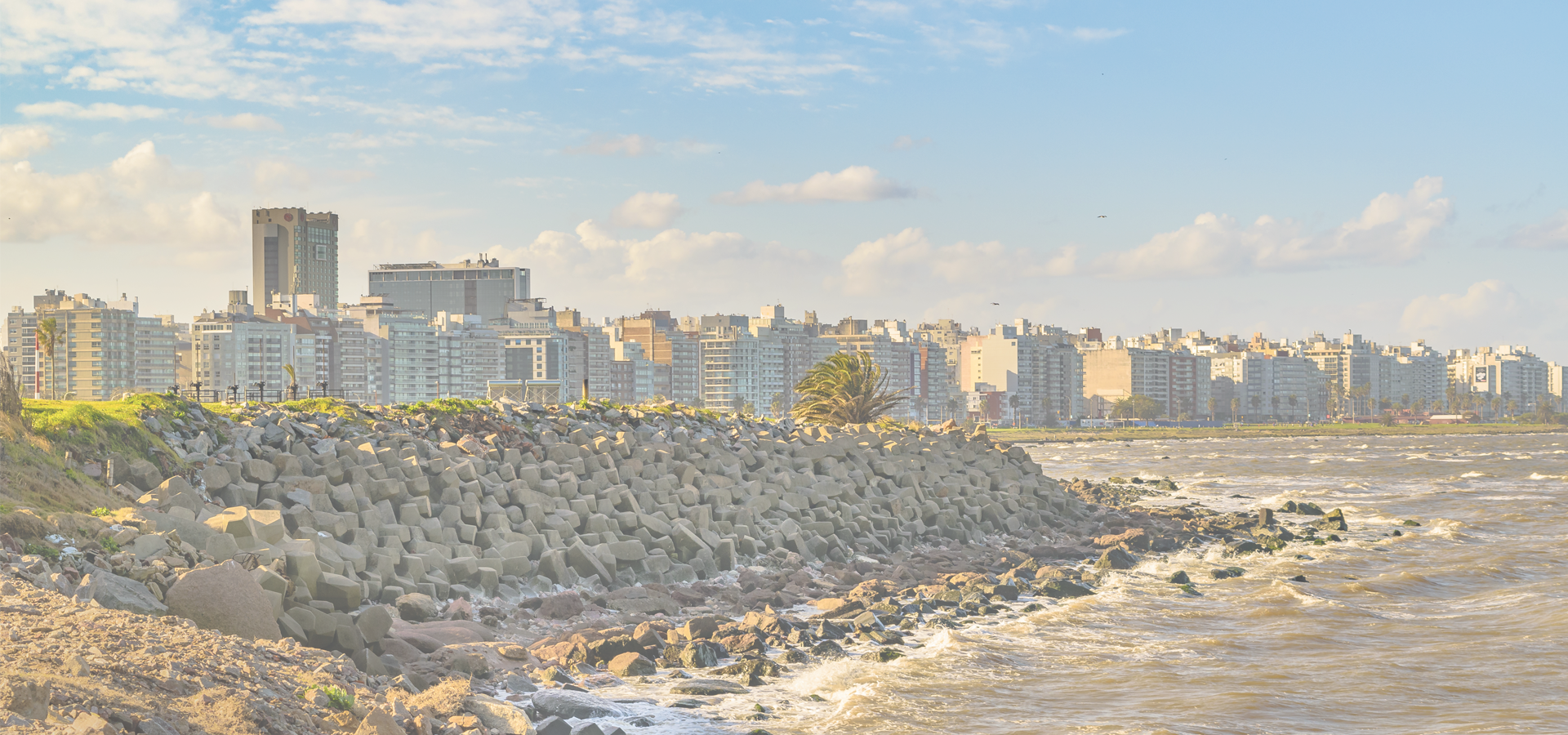Melo, Cerro Largo Department, Uruguay
🇺🇾 Melo is the capital city of the Cerro Largo Department of north-eastern Uruguay. As of the census of 2011, it is the ninth most populated city of the country.
1History It was founded on 27 June 1795 by Agustín de la Rosa, an officer to the Spanish Empire. It was named after Pedro Melo de Portugal, a Spanish colonial official of Portuguese royal ancestry.
Given its proximity to some Portuguese colonies in Brazil, the "Melo Village" (in Spanish, "Villa de Melo"), as it was once named, was invaded by Portuguese forces in 1801, 1811, and 1816. With Uruguayan independence, Melo was officially declared capital of the department of Cerro Largo.
In 1845, the city square was renamed in honor of Manuel Oribe, a former President of Uruguay and a political leader of the White Party (Partido Blanco), which brought to light the relations of this corner of the country with that National Movement (the vast majority of its inhabitants have belonged to that same political community).
Melo had acquired the status of "Villa" (town) before the Independence of Uruguay. Its status was elevated to "Ciudad" (city) on 22 May 1895 by the Act of Ley Nº 2.3279. It was capital of one of the nine original departments of the Republic.
The historian J.C. Chasteen has discussed the place of Melo in the history of Uruguay in his book Heroes on Horseback: A Life and Times of the Last Gaucho Caudillos.
1Geography: Location It is located at the centre of the department, on the intersection of Route 7 with Route 8, 60 km (37 mi) south of Aceguá and the border with Brazil. Other primary roads to the city are Route 26 and Route 44.
The stream Arroyo Conventos (a tributary of Tacuarí River) flows by the west limits of the city.
1Features There are two museums: • Juana de Ibarbourou's birthplace • Regional History Museum
Near Melo is situated the old Posta del Chuy, a stone inn near an ancient bridge over the Chuy del Tacuarí creek.
Melo was visited by Pope John Paul II in 1988. This formed the background to the 2006 film El Baño del Papa (The Pope's Toilet) about an enterprising citizen with the ill-fated idea of making money by building a toilet and charging the hordes of Brazilians expected to visit Melo to see the Pope.
1Places of worship • Cathedral of Our Lady of the Pillar and St. Raphael (Roman Catholic) • Parish Church of Our Lady of Mt. Carmel (Roman Catholic) • Parish Church of St. Joseph the Worker (Roman Catholic) • Parish Church of St. Dominic Savio and St. Charles Borromeo (Roman Catholic, Salesians of Don Bosco) • Jesus Good Shepherd Parish Church (Roman Catholic, Sisters of Santa Dorotea di Cemmo).
1Montevideo Time

Melo has a population of over 51,830 people. Melo also forms the centre of the wider Cerro Largo Department which has a population of over 84,698 people.
🇿🇦 Butterworth -32.333
🇦🇺 Rockingham -32.267
🇦🇺 City of Cockburn -32.167
🇧🇷 Rio Grande -32.041
🇦🇷 Villa María -32.583
🇦🇷 Bell Ville -32.633
🇦🇷 Marcos Juárez -32.7
🇦🇷 San Lorenzo -32.75
🇦🇺 Port Stephens -32.75
🇦🇷 Cañada de Gómez -32.817
🇬🇫 Saint-Laurent-du-Maroni -54.031
🇫🇷 Saint-Laurent-du-Maroni -54.031
🇧🇷 Santa Maria -53.8
🇧🇷 São Miguel do Oeste -53.508
🇧🇷 Caçapava do Sul -53.483
🇧🇷 Nova Andradina -53.348
🇧🇷 Santo Ângelo -54.25
🇧🇷 Primavera do Leste -54.333
🇵🇾 Salto del Guairá -54.333
🇧🇷 Foz do Iguaçu -54.456
🇦🇷 Puerto Iguazú -54.576
🇵🇾 Presidente Franco -54.617
🇵🇾 Ciudad del Este -54.617
🇧🇷 Rondonópolis -54.622
Locations Near: Melo -54.1833,-32.3667
🇧🇷 Bagé -54.107,-31.328 d: 115.7
🇺🇾 Tacuarembó -55.983,-31.733 d: 183.7
🇧🇷 Pelotas -52.341,-31.763 d: 186.1
🇧🇷 Caçapava do Sul -53.483,-30.5 d: 217.9
🇧🇷 Rio Grande -52.099,-32.041 d: 199.5
🇺🇾 Durazno -56.517,-33.367 d: 244.7
🇺🇾 Maldonado -54.95,-34.9 d: 290.5
🇺🇾 Florida -56.215,-34.099 d: 269.9
🇧🇷 Santa Maria -53.8,-29.683 d: 300.6
Antipodal to: Melo 125.817,32.367
🇰🇷 Seogwipo 126.561,33.253 d: 19894.5
🇰🇷 Jeju Island 126.53,33.38 d: 19884.2
🇰🇷 Jeju 126.556,33.38 d: 19883
🇰🇷 Jeju City 126.523,33.513 d: 19871.6
🇰🇷 Haenam 126.598,34.574 d: 19759.2
🇰🇷 Mokpo 126.38,34.759 d: 19744
🇰🇷 Sinan 126.101,34.827 d: 19740.2
🇰🇷 Jangheung 126.908,34.684 d: 19738.2